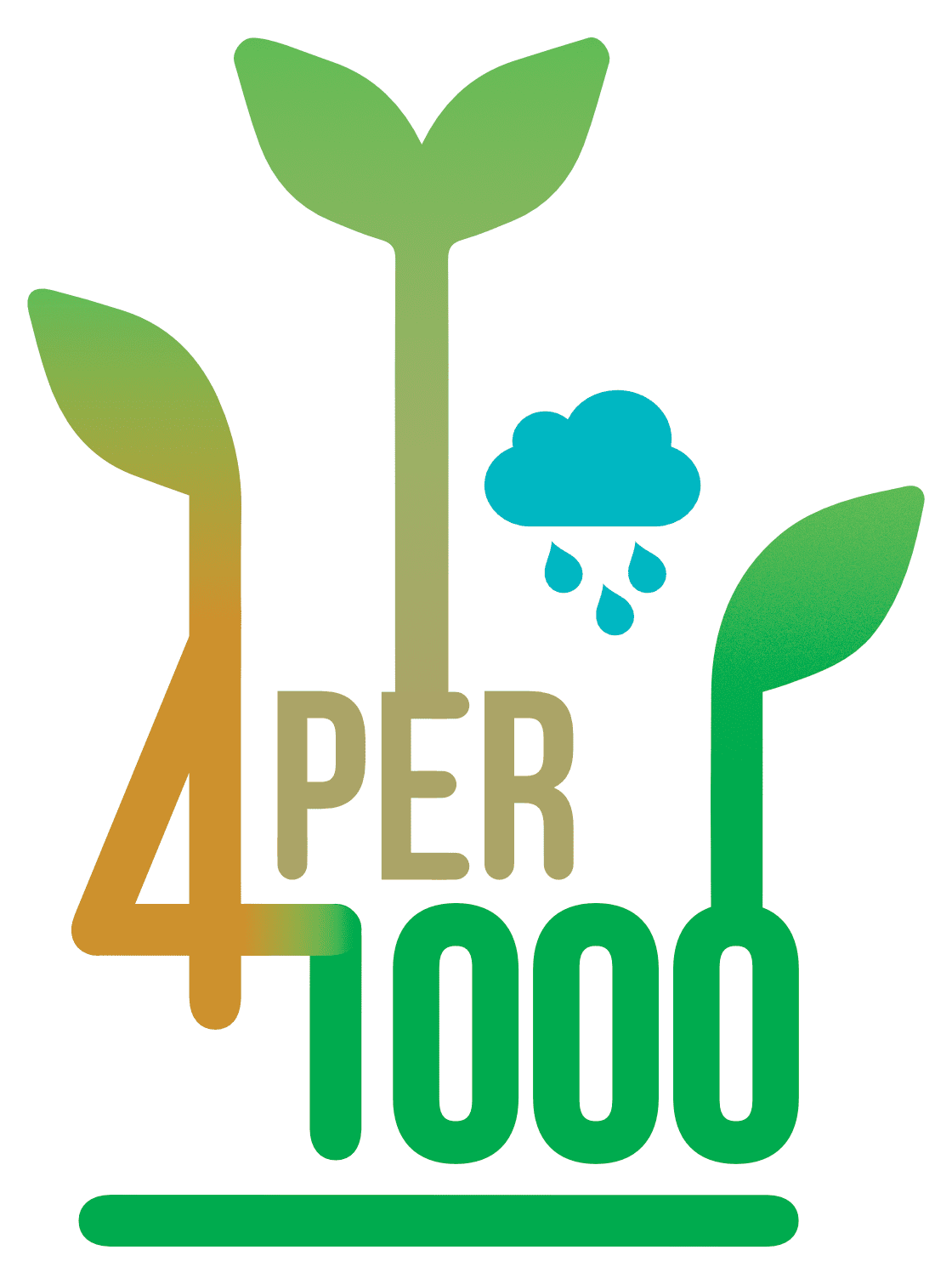The resources of the Initiative
In this section, find the resources (various documents, reports, videos, etc.) published by the “4 per 1000” Initiative and its Partners.
Sort By
- Title
“Increasing organic stocks in agricultural soils: knowledge gaps and potential innovations” – 2018 – C.Chenu, D.A.Angers, P.Barré, D.Derrien, D.Arrouays & J.Balesdent
Claire Chenu, Denis A.Angers, Pierre Barré, Delphine Derrien, Dominique Arrouays, Jérôme Balesdent.
Recent initiatives, such as the United Nations declaring 2015 as the International Year of Soils and the French "4 per 1000" initiative call attention on soils and on the importance of maintaining and increasing soil organic matter stocks for soil fertility and food security, and for climate change adaptation and mitigation.
Infographics presenting the “4 per 1000” Initiative – 2023
Posters presenting the "4 per 1000" Initiative, with two different visuals - May 2023
“Iniciativa 4/1000: Suelos para la seguridad alimentaria y el clima” – 2018- Ambientum
Ambientum.com - 7 marzo, 2018
“Stocker 4 pour 1000 de carbone dans les sols : le potentiel en France” – 2019 – INRAE
INRAE - Juin 2019
Video “Soils for food security and climate” – 2016 – INRA, IRD, CIRAD & CGIAR
Credit INRA, IRD, CIRAD et CGIAR, Spring 2016
“Stocker du carbone dans les sols français: Quel potentiel et à quel coût ?” – 2021 – INRAE
L’Initiative « 4 pour 1 000 : les Sols pour la Sécurité Alimentaire et le Climat » propose d’augmenter chaque année d’un quatre millième le stock de carbone présent dans tous les sols du monde. L’INRAE a conduit une étude, centrée sur la France métropolitaine, visant à estimer le potentiel de stockage de carbone des sols agricoles et forestiers et, in fine, à mesurer la contribution potentielle de ce levier à l’objectif de réduction des émissions nettes de gaz à effet de serre.
“Is an agroecological transition viable in Africa?” – 2022 – World Agroforestry
Emily Ongus for World Agroforestry - February 2022
“Soil Biodiversity and Soil Organic Carbon: keeping drylands alive” – 2018 – IUCN/ P.Laban, G.Metternicht & J.Davies
IUCN is a membership Union uniquely composed of both government and civil society organisations. It
provides public, private and non-governmental organisations with the knowledge and tools that enable
human progress, economic development and nature conservation to take place together.
“Observations on Agro-Ecology after the Cyclone Idai” – 2019 – John Wilson
March 24, 2019: Important reflections from Zimbabwe after the cyclone by John Wilson - John Wilson is a Zimbabwean working as a freerange facilitator in East and Southern Africa with community based organisations, national NGOs, groups and also at times with regional or continental networks. This note to some of his partners and farmers in the region reflects on the horrors in the aftermath of Cyclone Idai and raises very important questions and concerns regarding lessons learned about agroecology, forest cover, and nature-based water management, and the role of "evidence based practices" in this context.
“Kiss the Ground: Regenerative Agriculture”
The solution lies under our feet!
To heal our planet, we must care for our soil!“Kiss the Ground: Regenerative ...
“La biodiversité des sols nous protège, protégeons-la aussi !” – 2017 – The conversation
En France, l’équivalent d’un département disparaît sous le béton tous les 7 ans. Et l’on estime que plus de 40 % des sols agricoles et 25 % de tous les sols sont dégradés à l’échelle mondiale.
“La bioéconomie veut réindustrialiser la France” – 2018 – Wikiagri.fr
L’agriculture va participer à la réindustrialisation de la France. Une part croissante de la production de biomasse sera destinée à alimenter en matières premières de nouvelles industries. Mais l’essor de la bioéconomie est lié à l’abandon progressif des hydrocarbures fossiles.
